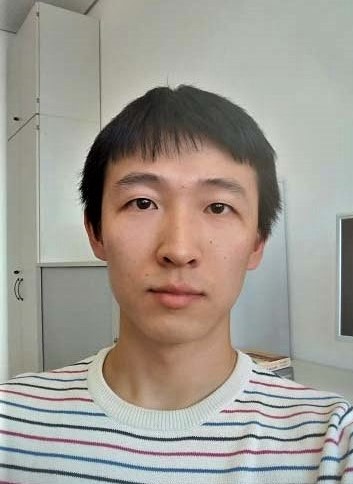Tutors & Participants / OCNC2019
Tutors / About yourself & Message
Joe Graham(State University of New York, USA)
I work for Bill Lytton in his Neurosim Lab (http://www.neurosimlab.com/), where I am developing single-cell and network models of prefrontal cortex in order to explore the effects of dendritic plateaus on cellular and network behavior. In my spare time, I analyze and generate neuronal morphologies and ponder the origin of nervous systems.
Currently I use NEURON with Python to run single-cell and network simulations via NetPyNE -- a Python package to facilitate the development, parallel simulation and analysis of biological neuronal networks using the NEURON simulator (http://www.neurosimlab.com/netpyne/)
I have used Python and MATLAB extensively to analyze and generate neuronal morphologies.
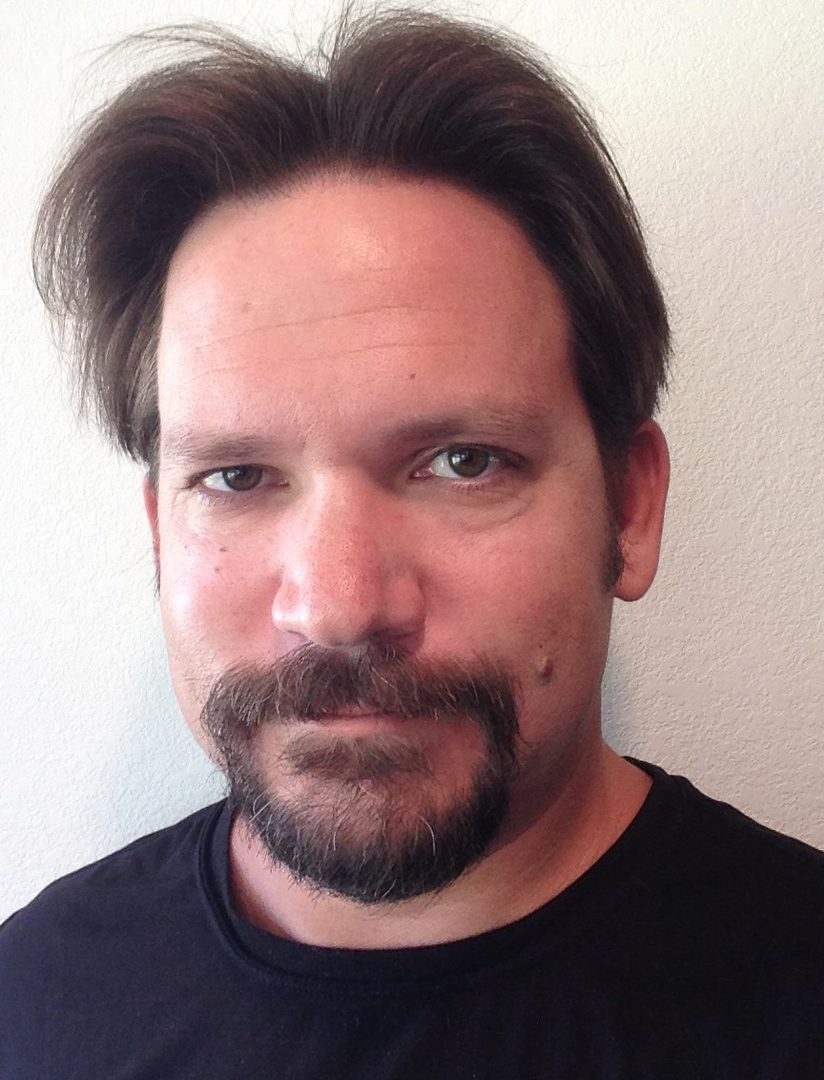
Sungho Hong (OIST)
I am a researcher in the Erik De Schutter's lab at OIST, and so I live and work in Okinawa. I am generally interested in things in the domain of biophysics/cellular physiology, and have been trying to understand how they contribute to what is happening in the higher levels such as neural networks and so on. I look forward to meeting you all soon!
I have expertise in detailed modeling of neurons with ion channels and intracellular ion dynamics, mainly in the NEURON platform. I also have some experience in developing data analysis techniques by using various statistical modeling frameworks such as LN model, compressive sensing, spectral clustering, and so on. The brain region that I am mostly familiar with is the cerebellar cortex. About computational tools, I write my simulations mostly in NEURON, and do my data analysis in Python and Matlab.

Cliff Kerr (Research Fellow, University of Sydney)
I'm currently a Research Fellow at the University of Sydney investigating the function and dynamics of spiking network models (plus a bit of data analysis, software development, and the like!). My main interest is in exploring networks that are both biologically realistic, and also perform a useful function: for example, spiking networks that can learn to control an arm reaching for a ball. My Ph.D. was in physics from the University of Sydney, and I did my postdoctoral training at the State University of New York as part of the DARPA REPAIR project (understanding and repairing damage to the motor cortex). Aside from neuroscience, I also work as a computational epidemiologist.
Expertise Info: My primary area of expertise is spiking network models, as implemented in NEURON/NetPyNE. Areas of interest including learning (especially reinforcement learning) and motor control. During my Ph.D. I worked on fitting neural field models to EEG and evoked potential data. Aside from NEURON, I have experience with Python and Matlab (plus Git).
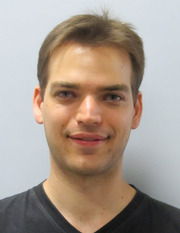
Jakob Jordan (Postdoctoral researcher, Department of Physiology, University of Bern, Bern, Switzerland)
I'm a postdoctoral researcher in Walter Senn's lab at the University of Bern in Switzerland investigating error-driven learning in deep cortical microcircuits and the functional role of conductance-based synaptic coupling using mathematical and computational models. Prior to my current position I was a PhD student in Markus Diesmann's lab at the Research Centre Juelich, Germany, improving the scalability of the NEST simulator in the regime >10k MPI processes, while simultaneously exploring sampling-based models of probabilistic neural computation and their implementation in noisy, heterogeneous neuromorphic systems. Generally I am interested in the physiological basis of biological intelligence and the efficient implementation of computational principles in physical substrates.
Expertise Info: Neural network models, probabilistic neural computation, error-driven learning, meta learning, NEST
Carlos Enrique Gutierrez (OIST)
This is Carlos, postdoc at Doya Unit in OIST. Welcome to Okinawa !!.
I have been in Japan around 10 years, I did data mining in my MSc. and machine learning during my Ph.D. In Doya lab, I am working on mean field models, spiking network models, large scale neural simulations, image processing, artificial NN, MRI fiber tractography and optimization.
Looking forward to see you all in Okinawa!

Lyudmila Kushnir (Postdoctoral researcher, Ecole Normale Superieure, Paris, France)
I am originally from Ukraine, graduated from Moscow Institute for Physics and Technology and went to the US for a graduate program in theoretical Physics. After several years of exposure to endless corn fields of Illinois, I changed both the location and the field of study ending up at Columbia University in New York. I completed my PhD under the supervision of Stefano Fusi and am now working on efficient balanced spiking networks in the team of Sophie Deneve in Paris.
Expertise Info:Network models, Spiking networks, Neural encoding, and Data analysis
Marcel Stimberg (Institut de la Vision, Paris, France)
I am a research software engineer in the group of Romain Brette at the Institut de la Vision in Paris, France. My PhD and PostDoc was about computational modelling, more specifically about small-size networks in the visual and auditory system. In recent years, my focus has shifted somewhat away from modelling towards the development of (open-source) software tools for computational neuroscience and electrophysiology. Most importantly, I've been leading the development of Brian 2, your friendly simulator for spiking neural networks.
I am interested in both the technical aspects of computational modelling (how to simulate/analyse/visualize/... computational experiments), as well as in using modelling as a tool to investigate spike-based computation and plasticity in networks of neurons, especially in sensory systems.
Expertise info: Computational modelling of the early visual and auditory system; models of synaptic plasticity
Software: Brian, Python (numpy/matplotlib/etc.), general programming/tools (git, C/C++, Linux, ...), to a lesser extent: Matlab, NEURON, PyNN
http://www.computational-neuroscience-of-sensory-systems.org/people/marcel-stimberg/

Xuhui Huang (Associate Professor, Institute of Automation, Chinese Academy of Sciences)
Hello, everyone. I am Xuhui Huang, an associate researcher (associate professor in Chinese university system) in the Research Center for Brain-inspired Intelligence, Institute of Automation, Chinese Academy of Sciences (CAS). I got my M.S. and Ph.D in theoretical physics from Beijing Normal University in 2009 and 2014 respectively, where I have studied computational neuroscience, statistical physics, nonlinear dynamics, and complex networks. From 2009 to 2011, I worked as a research assistant in the Institute of Neuroscience, CAS. After acquiring my PhD, I moved to Institute of Automation in CAS as a postdoc, where I have conducted multi-disciplinary researches on computational neuroscience, neuroimaging and neuroscience-inspired machine learning.
Currently, my research interesting mainly focuses on the functional benefit of neural plasticity (e.g., STDP and short-term plasticity) in spiking neural networks (SNNs), e.g., sequence learning, pattern recognition, and reinforcement learning.
I am glad to have the opportunity to learn and cooperate with all of you. Looking forward to seeing you soon.
Professional Skills:
• Proficiency in simulating large-scale spiking neuronal networks, especially neuronal networks with kinds of long-term plasticity (e.g., STDP) or short-term plasticity;
• Programming Languages: Proficiency in MATLAB & FORTRAN and familiar with Python & C/C++, as well as some SNN simulation platforms (e.g., GeNN & Brian).
• Proficiency in Latex, JabRef, Endnote, Adobe Illustrator etc.
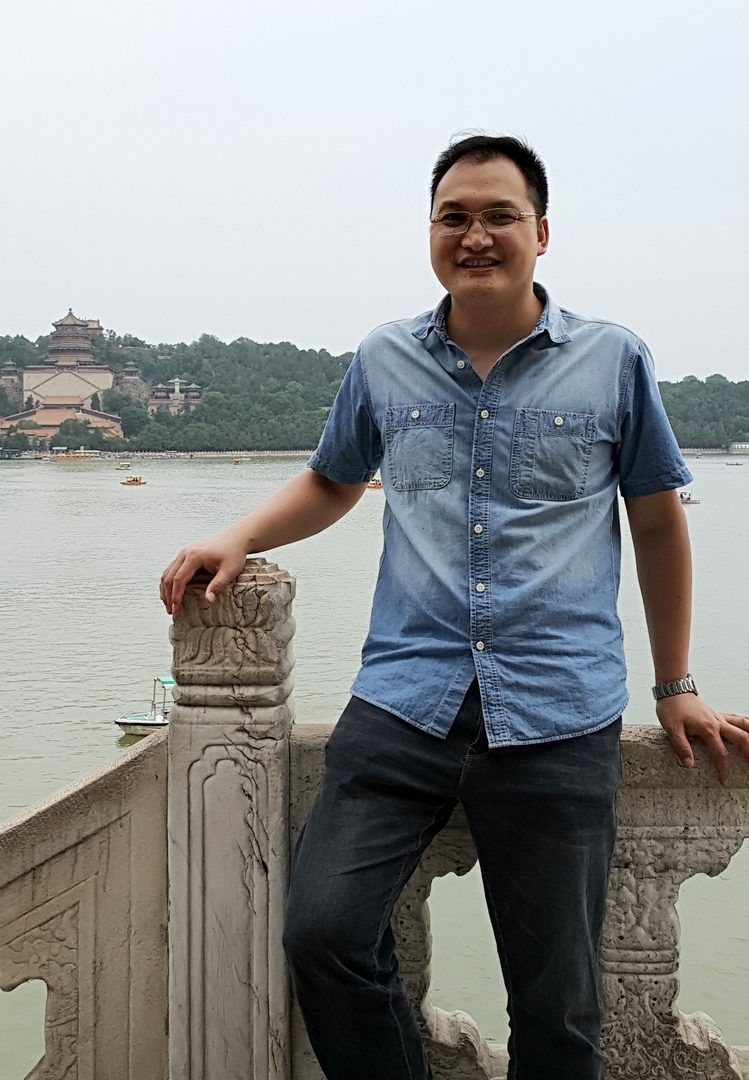
Technical Support
Weiliang Chen (Computational Neuroscience Unit, OIST)
The IT guy.
Also one of the STEPS simulator developers.
Please contact me if you have any hardware/software/STEPS issue during the OCNC period.
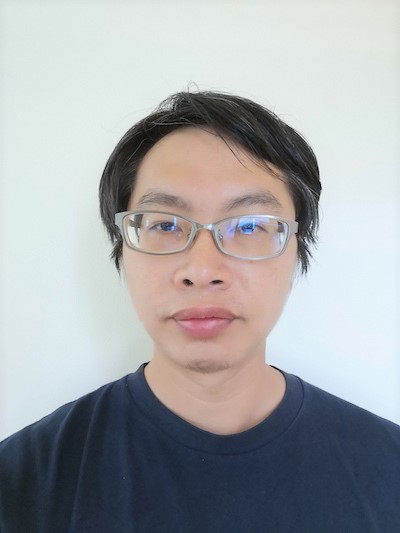
Participants / About yourself & Message
Aleksander Alafuzoff (Doctoral student, Doctoral Programme Brain&Mind, University of Helsinki)
I'm a doctoral student at the Laboratory of Neurobiology, University of Helsinki. Formally, my background is in cognitive science, but in recent years I've primarily worked with human and animal biosignals and particularly in vivo electrophysiology. In my doctoral work, I’m trying to characterize the developmental impact of birth asphyxia. My goal for OCNC is to gain a firm grasp of current computational methods and to evaluate how well existing models generalize to the immature brain. During my free time I chase a Border Collie and a Cocker Spaniel around and work as part of the ‘Brains on Art’ art-science collaboration currently trying to apply machine learning methods to aesthetic reasoning.

Yosman Bapatdhar (PhD Student, Institute of Science Education and Research (IST) Austria)
Hi! I'm Yosman, a graduate student in a systems neuroscience group at IST Austria. I study the regions of the brain involved in memory formation, learning and spatial navigation. I am interested in understanding what the role of the input from one such brain region, the entorhinal cortex, to another region, the hippocampus, is. The entorhinal-hippocampal circuit is extremely complicated (like every other region of the brain!) with multiple feedback loops adding to the mess. It is still not clear how information is coded for in this circuit. To that end I couple multichannel extracellular electrophysiology with optogenetics in behaving rats i.e; I record data from both the entorhinal cortex and the hippocampus of rats that are performing a spatial navigation task. I use optogenetics to perturb the circuit with the hope of teasing out the role of the entorhinal input to the hippocampus in such learning tasks.
At the OCNC I would like to build and simulate a simplified model of the entohrinal-hippocampal circuit to try and understand how certain properties of this circuit could arise.
When I'm not science-ing I am out hiking or spending hours getting lost in books or experimenting in the kitchen! I look forward to seeing everybody in Okinawa :)

Thomas Johannes Baumgarten (Postdoctoral Researcher, the NYU Langone Medical Center)
I am a Postdoc in Biyu He's lab at the NYU Langone Medical Center in New York, USA. After starting my neuroscientific journey with the investigation of neural correlates of conscious perception of somatosensory stimuli in humans, I now moved towards studying visual and auditory perception. I am especially interested in how stimuli which do not reach perceptual awareness influence the perception and neuronal encoding of other, consciously perceived stimuli. Currently, I am investigating the neural underpinnings of categorization of visual objects and the distinction of prediction/prediction error signals in the human brain. For this, I mainly use electrophysiological recording techniques (i.e., EEG/MEG and ECoG), as well as behavioral paradigms. At OCNC2019 I hope to supplement these approaches with a computational modeling framework.
Looking forward to meeting you all in Okinawa!
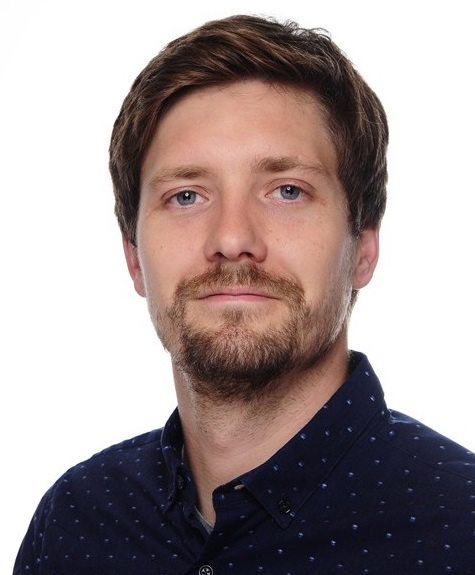
Yves Bernaerts (PhD student, University of Tübingen)
I am part of the BRAIN Initiative Cell Census Network (BICCN) where we are trying to describe the function, genetics and morphology of cells in the brain, i.e. create a brain map. From my side, this involves mapping the higher dimensional electrophysiological and transcriptomic feature space to two dimensional visualisations.
Given prior knowledge of the expression levels of genes in the cell, I am also interested in whether we can improve the inference of Hodgkin-Huxley parameters in a biophysical model setting of the neuron.
-Expertise in Machine Learning: PCA, tSNE, DNNs, Probabilistic inference of biophysical model parameters in a likelihood free setting with Sequential Neural Likelihood (SNL), ...
-Basic experience with Brian and Neuron
-Expertise in biophysical modelling, neural dynamics, neural coding

Alexa Buck (PhD at City University of Hong Kong)
I am currently a PhD student in Prof Jan Schnupp's auditory research unit in Hong Kong. My research focuses on temporal processing in cochlear implant users. Our aim is to understanding the underlying neural coding of these electric stimuli in order to evaluate how best to provide them to users of these devices so that these cues are readily available and optimised. We use the combination of behaviour and electrophysiology studies to correlate neural responses with perception.
I have an MD which I completed as my undergrad in South Africa. I have always been interested in research with a sweet spot for auditory neuroscience. Initially I was drawn in with research into musical processing given that I have a strong background in music having played ever since I my fingers were long enough to reach the keys and this has shaped my scientific interests to a degree.
Scientific Interests:
Temporal encoding of auditory stimuli
Musical perception and processing (particular relating to music therapy)
Neuroplasticity relating sensory inputs and their manipulations (particularly auditory but additionally crossmodal work)

Krishna Choudhary (Graduate Student, UCLA)
I am a graduate student in the lab of Mayank Mehta at the physics department at UCLA. Our lab develops tools and statistical techniques to understand how animals form and consolidate memories about space, time, and other relevant abstractions of their environment. We combine in-vivo electrophysiology, generalized linear models, and novel behavioral tasks in real world and virtual reality environments to probe such questions. My interests specifically lie in developing simple network models that can quantitatively reproduce and predict the neural behavior we see in experiment. Outside the lab, I am interested in scientific outreach, and maintain a science education Instagram channel: @scientistsdoingthings. Check it out if you want to learn about random science stories through your phone!
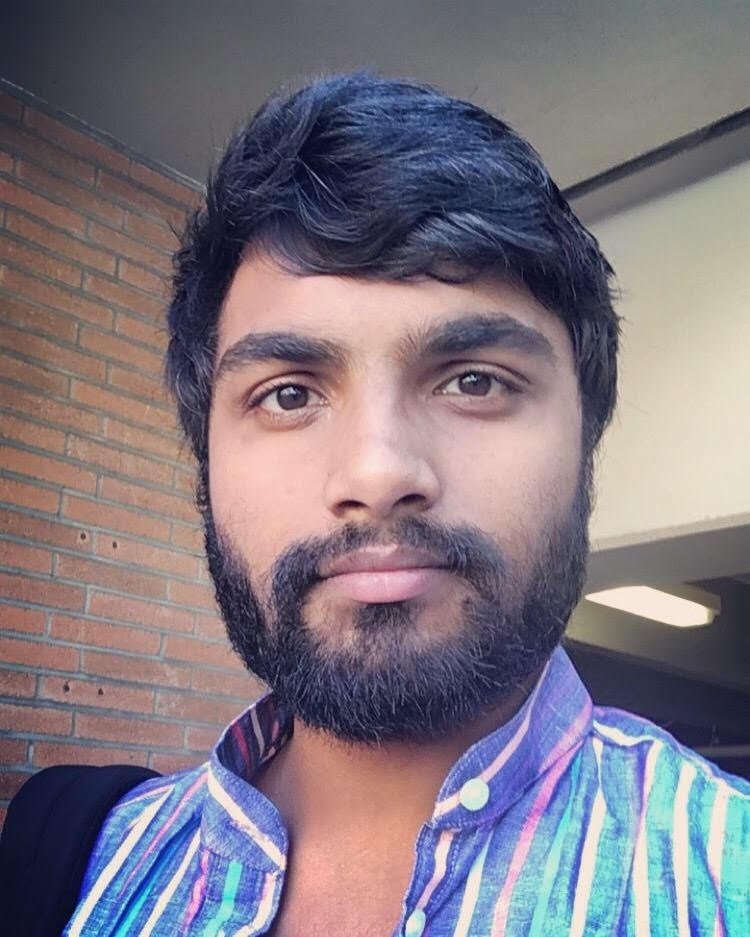
Cameron Condylis (Ph.D. Candidate, Boston University)
I am a Ph.D. student in the Biomedical Engineering Department at Boston University. I work in Dr. Jerry Chen's lab, in which we take an integrative approach to understand the relationship between local circuits and long-range networks in the mammalian neocortex using optical, molecular, and genetic tools. My project focuses on extensively characterizing the cell types involved in sensory processing in the mouse somatosensory cortex. My goal for OCNC is to improve my modeling intuition; ultimately I would like to model responses of single neurons in a way that lets me determine the intrinsic and extrinsic factors that are driving spiking.

Adna Dumitrescu (Postdoctoral Fellow, Wyart Lab, Brain and Spinal Cord Institute (ICM) )
I’m a Marie Curie Postdoctoral Fellow in the Wyart Lab at the Brain and Spinal Cord Institute (ICM) in Paris, France. I’m generally interested in neural plasticity in the context of information processing, and I’m starting to dabble in behavioural neuroscience on the side. Information processing for me equals patterns of spiking activity, so I’m happiest when I can sit in a dark room and patch neurons. For my postdoc I proposed a project to dissect and build a spinal cord connectome map between local excitatory interneurons and motor neurons important for coding locomotor speed. I’m not the only one interested in this topic so I’m coming to OIST to try and integrate everything that we already know about these cells in a model that would help me generate testable predictions about their connectivity and function in a more expansive network. Ideally this ‘toy’ model would guide future patch-clamp and opsin mediated activation experiments. I’m a wet lab scientist at heart so it will be quite cathartic to make the jump to computational neuroscience in a nice group environment.

Karolina Farrell (PhD Student, UCL)
I'm a PhD student in Dr Aman Saleem's lab at the Institute of Behavioural Neuroscience, UCL. I'm currently using Miniscopes to perform calcium imaging of dopaminergic VTA neurons in mice during goal-directed navigation in virtual reality. These neurons are mainly known for signalling reward prediction error to drive learning, but I'm also interested in how they might integrate reward coding with navigational information. Through my OCNC project, I hope to learn how to create reinforcement learning models that are capable of integrating both reward and navigational information.
Looking forward to meeting everyone in Okinawa!
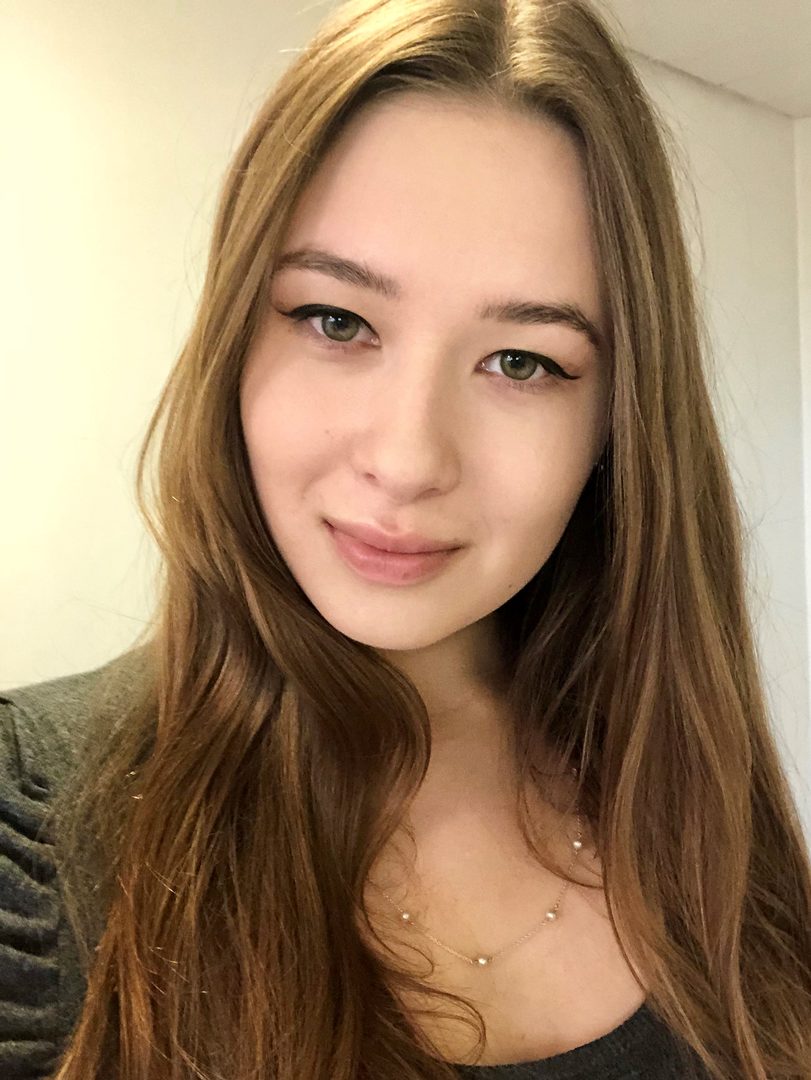
Razvan Gamanut (Postdoctoral Research Fellow, Monash University)
I am a fellow of the Australian Research Council, and I will start a new project in October 2019 in Melbourne, under the guidance of Marcello Rosa. My project aims to reveal how the claustrum, a structure in the brain's temporal lobe, coordinates information flow across other brain areas. Previously, I did my bachelor and master in biophysics in Bucharest, Romania, then I moved to Lyon, France to do a PhD in comparative connectomics. For my thesis with Henry Kennedy and in collaboration with Andreas Burkhalter from St Louis, USA, I explored how brain size influences the anatomical network of the cortex. My interest at OCNC is to learn to develop appropriate computational models that predict the results of experiments. This is an important requirement in hypothesis-driven research in systems neuroscience.
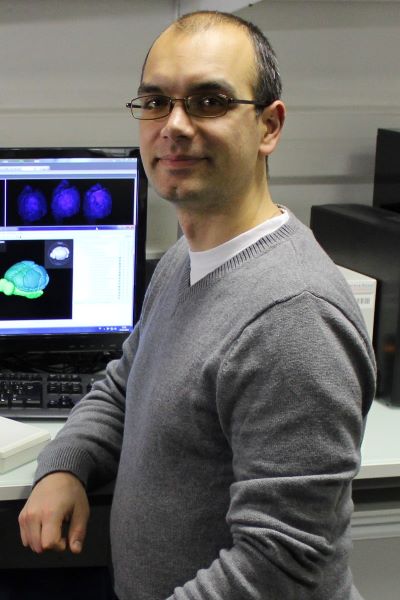
Dori Grijseels (PhD Student, University of Sussex)
I am a PhD student on the 4-year Neuroscience PhD program at the University of Sussex, UK and am currently working in the lab of Catherine Hall. I’m trying to figure out how the hippocampus encodes spatial information and how this encoding changes as a result of changes to the environment. To investigate this, I spend most of my time in a dark room with mice who are navigating through a virtual reality world. I'm looking forward to meeting you all in Okinawa!
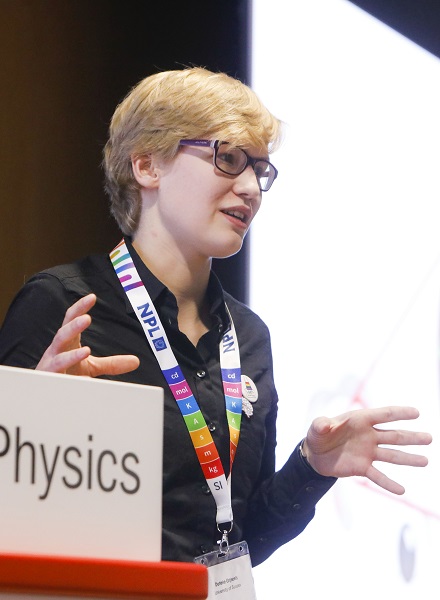
Julian Hinz (PhD student, Friedrich Miescher Institute for Biomedical Research, Basel)
I am a second year PhD student, working in the lab of Andreas Luthi at the FMI in Basel. I am trying to understand the basic principles underlying the aquisition and updating of associative memories. At the OCNC I would like to implement basic learning models (TD, RW) to see if they conform with the physiological and neural recordings in my experiments.
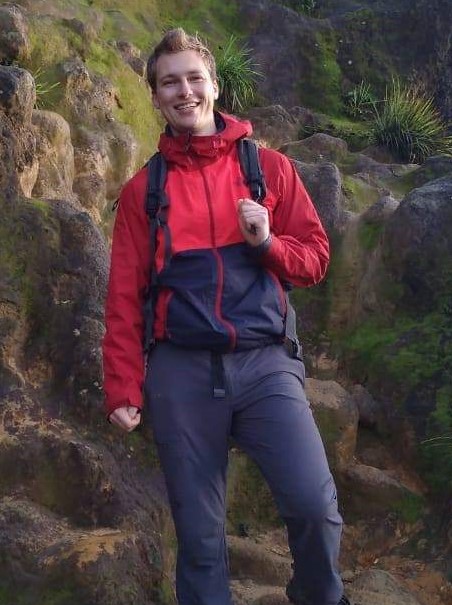
Henri Hokkanen (PhD student, University of Helsinki)
I’m a neurology resident with a background in mathematics. I come from the University of Helsinki and Helsinki University Hospital, Finland, where I work on my PhD project on the primate visual cortex using computational methods in Dr. Simo Vanni’s lab. I believe neuroscience is slowly moving towards fields like physics, where numbers and equations capture the phenomena under study better than words, and this theoretical development will eventually benefit patients in neurology and psychiatry. I have so far worked with simplified neuron models to build large-scale networks. At OCNC, I hope to spark new collaborations and learn more about neurobiology, biophysics and different modelling methods. I'm looking forward to meeting you all in Okinawa!
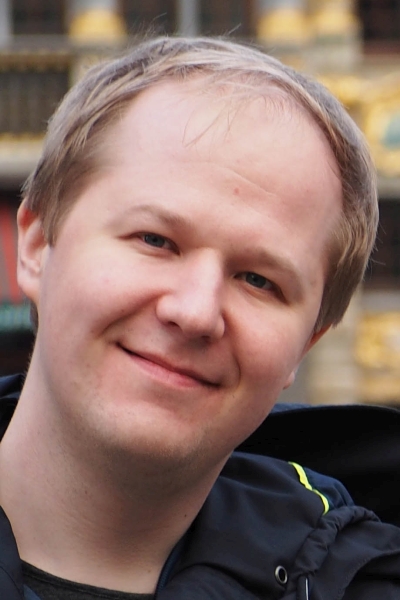
Yuma Kajihara (Master Student, The University of Tokyo)
I'm a master student at the University of Tokyo, working in Prof. Takashi Ikegami's lab. I worked at Neural Computation unit for several months, as a research internship student.
My interest is how our motivation and emotion are shaped among our dynamical bodies and brains, and how we can expand the theories of rational decision making (i.e. reinforcement learning) into ones of emotion. My current research focuses on simulations of reinforcement learning for continuous tasks with information-theoretical intrinsic rewards, which is for data collection about a new world and quick, autonomous adaptation to it.
During OCNC, I will analyze behavioral data of mice and investigate the relationship between action selections and uncertainty about environments.
I'm looking forward to seeing you all!

Sofia Lawrie(PhD student, Universitat Pompeu Fabra)
I studied physics in Argentina, graduating with a thesis on information theoretic methods to study the neuronal code in 2017. After that, I moved to Spain and started doctoral studies in computational neuroscience, focusing on data analysis of spiking activity recorded in behaving monkeys performing working memory and economic decision making tasks. On my spare time, I play percussion instruments in a samba reggae ensemble and do pilates.

Jannik Luboeinski (PhD student at III. Institute of Physics - Biophysics, University of Göttingen)
I am a PhD student at the University of Göttingen, focusing on long-term plasticity and synaptic consolidation in neuronal networks. I am a physicist by training and I have previously worked on neuronal networks under the impact of optogenetic stimulation. I believe that memory is one of the most interesting but less understood features of the brain, which is why I feel excited about studying it. Besides memory, I am particularly interested in neuromodulator systems, optogenetics and consciousness studies. In my freetime I usually meet friends, occupy myself with programming or philosophy, go trekking or cycle.
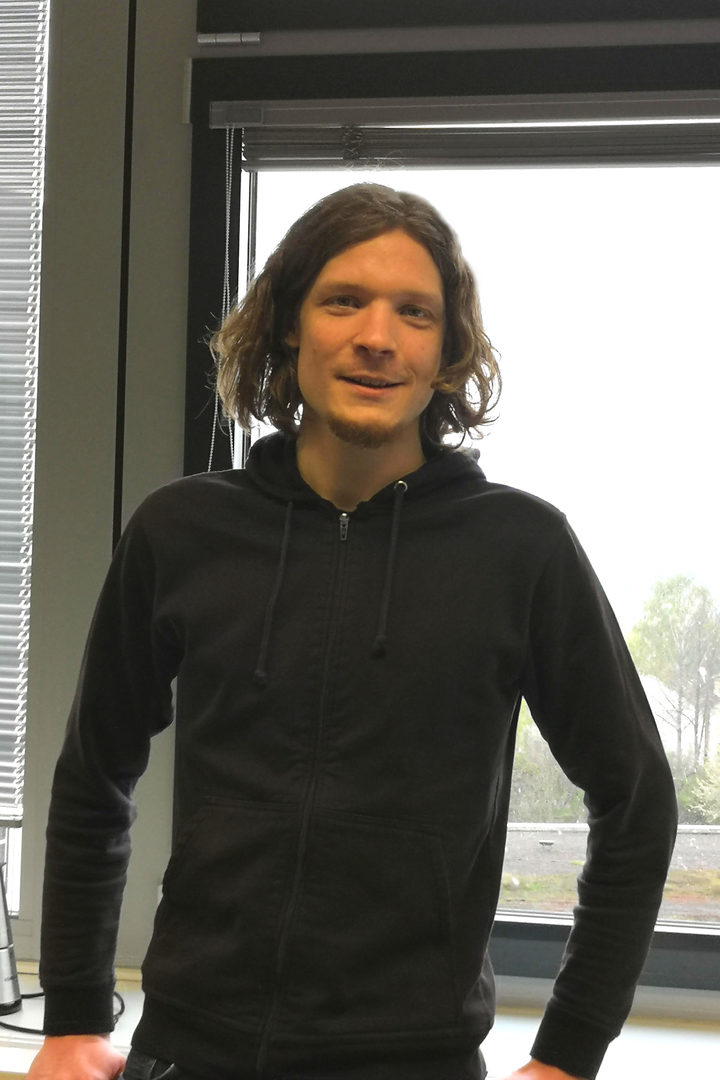
Anahit Mkrtchian (PhD student, National Institutes of Mental Health and University College London)
I'm a PhD student in the Neuroscience and Mental Health group at University College London, supervised by Prof Jonathan Roiser, and in the Experimental Therapeutics & Pathophysiology Branch at the National Institute of Mental Health, supervised by Dr Carlos Zarate. My work is aimed at understanding how a single sub-anesthetic dose of ketamine exerts its rapid-acting antidepressant effects in treatment-resistant depressed individuals. More specifically, ketamine has shown to improve symptoms of lack of motivation or pleasure capacity, and I'm interested in understanding the cognitive, computational and neural mechanisms underlying this effect. To this end, I use a range of different tools such as cognitive tasks, fMRI, EEG and, in the near future I hope to apply computational methods as well. At OCNC2019 I hope to learn how to create reinforcement learning models to examine if treatment-resistant depressed patients differ from healthy individuals in reward learning processes and if ketamine affects any of these processes. I'm very much looking forward to meeting everyone in Okinawa!
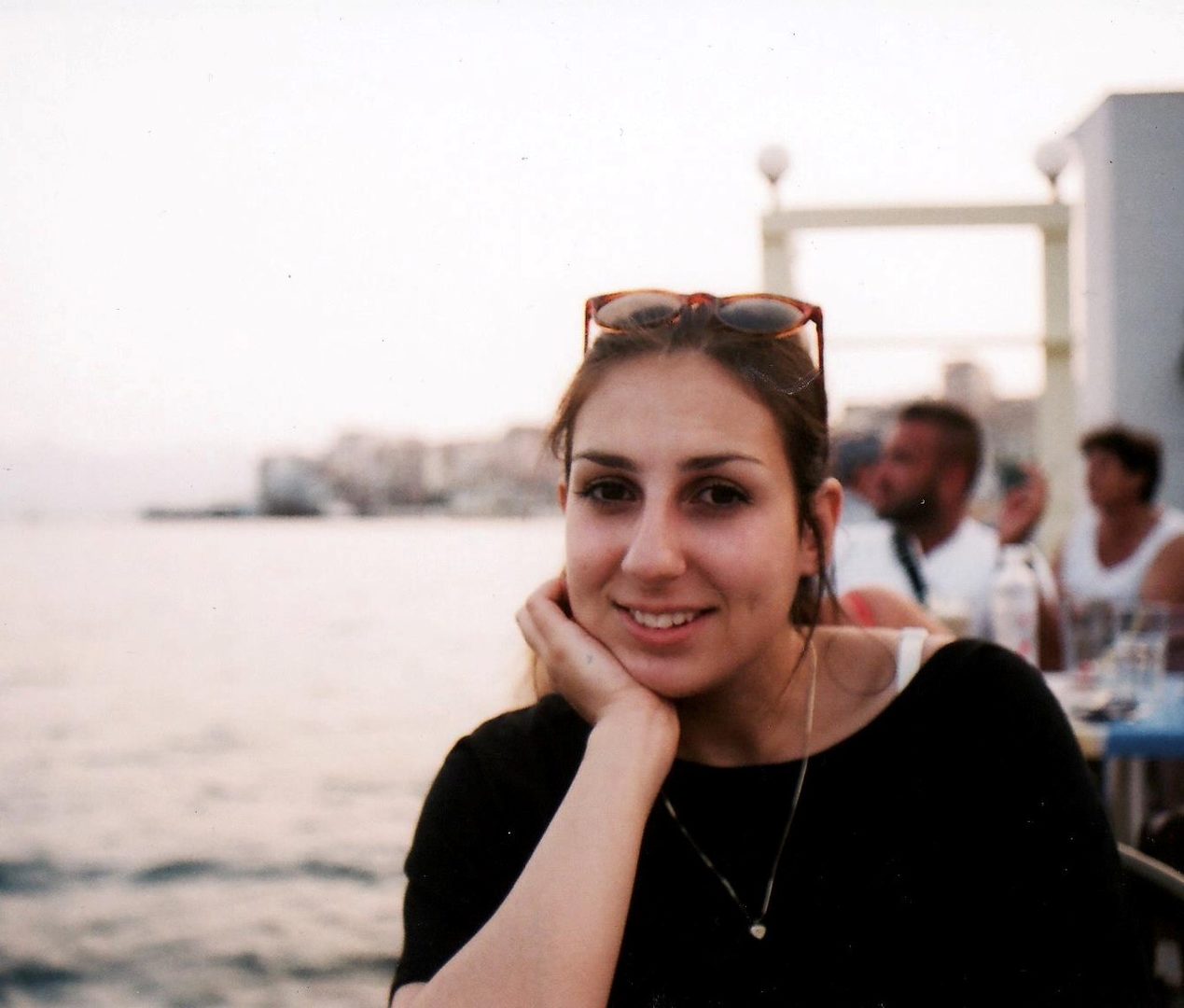
Yuki Minai (Master candidate, New York University)
Hi Everyone, my name is Yuki Minai and I am a Master candidate in Psychology at the New York University.
After graduation of my BS in 2013, I worked as a data scientist for six years in some Japanese companies. Through this working experience, I became curious how humans infer connections between data and the root cause generating them and make business decisions based on their inferences. I reasoned that the implementation of these human mechanisms of decision-making into AI can help a wide spectrum of decision-making including business, education, and politics. Thus, I got interested in clarifying human brain mechanisms for making decisions by inferring relationships between data that are gathered asynchronously and with different assumptions. I would like to learn and use the concepts and techniques in computational neuroscience to understand human brain mechanisms in terms of computational systems to implement it into AI. In a future society where the importance of collaborations of human and AI will further increase, I believe this research will be valuable and I would like to gain hands-on experience to advance my future research through this program. Also, I believe the diversity of tutors and participants of this program will enable me to expand my approaches toward my future research in this field.
I look forward to working with you all in Okinawa!
Amy Nippert (PhD Student, University of Minnesota)
I'm a PhD student in neuroscience at the University of Minnesota in the lab of Eric Newman. Our lab focuses on the neurovascular coupling, the interplay between local neuronal activity and changes in blood flow. Specifically, my thesis research focuses on changes in neurovascular coupling in diabetes using an in-vivo mouse model. I'm looking forward to improving my computational skills and meeting everyone in Okinawa!
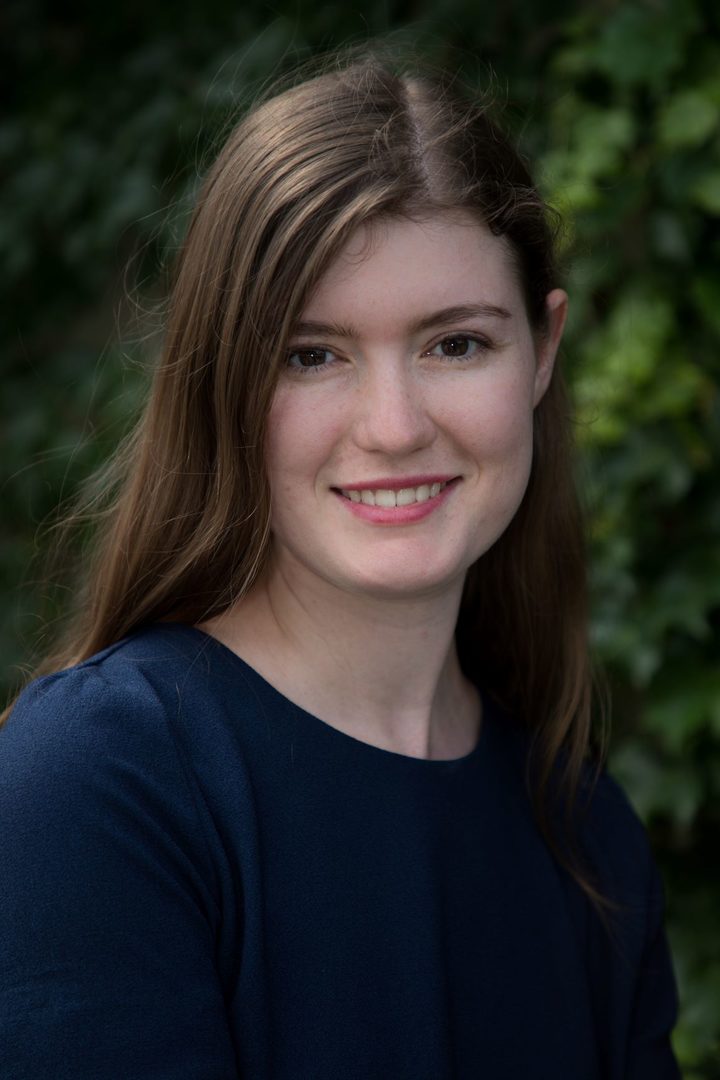
Virginia Palieri (PhD student, Technische Universität München/ Max Planck Institute of Neurobiology)
I am carrying out my PhD project as a joint student in the laboratories of Dr. Ruben Portugues at the Max Planck Institute of Neurobiology and Prof. Ilona Grunwald Kadow at the TU Munich. I am originally from Italy and I have studied first Molecular Biology, then Evolutionary Biology and finally moved to Neuroscience. The aim of my project is to investigate conserved circuit logic in temperature navigation behavior in fish and fly. The core idea of my work and one of my main interests, is showing that very distantly related species may share fundamental neurocomputational features. What I like about science and research is carrying out experiments, with a particular question in mind and usually also several hypothetical answers to this question, just to find out that the final result is almost never what you were expecting.
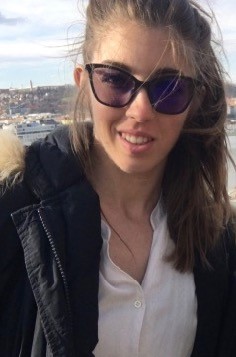
Pirathitha Ravichandran (PhD student at SRH University Heidelberg and Ruprecht-Karls University Heidelberg)
Hi, my name is Pira, and since August 2018, I am doing my PhD at the SRH University in Heidelberg and the Ruprecht-Karls University in Heidelberg (Bernstein Center for Computational Neuroscience PhD program).
During my master studies in biophysics, I was already able to obtain my first experiences in the field of computational neuroscience. My master thesis focused on the modelling of hippocampal circuits during temporal lobe epilepsy.
Now, for my PhD, I intend to integrate established time perception mechanisms into a prefrontal cortex (PFC) model, which is based on in vivo and in vitro electrophysiological data gained from rodents. This allows the anaylsis of key empirical observations of time preception, such as the scalar property, linear timing and dopaminergic modulation.
I am very excited about the OCNC summer school and I am looking forward to meet you all in Okinawa.
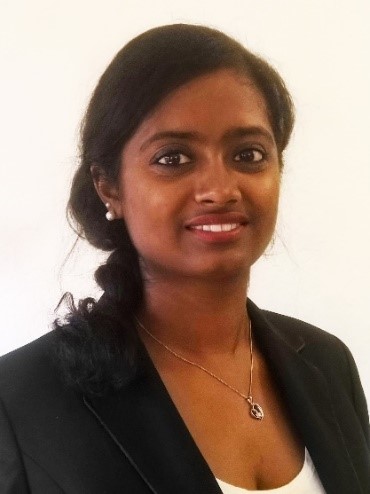
Alessandro Salatiello (PhD Student, University of Tübingen)
I am a Ph.D. student at the University of Tübingen in Dr. Martin Giese’s lab, and I am interested in unveiling the role of cortical and subcortical circuits in the generation of muscle activity patterns for goal-directed movements. As research tools, I use highly constrained neural network models and large-scale multi-area extracellular recordings.
http://www.compsens.uni-tuebingen.de/compsens/index.php/people?view=member&task=show&id=46
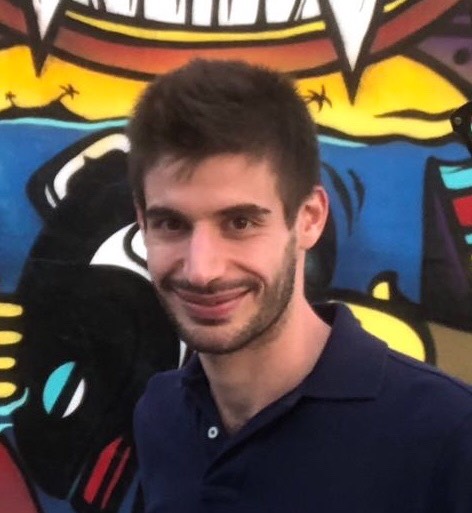
Remya Sankar (Doctoral student, INRIA-Bordeaux)
I'm a first year doctoral student in the field of computational neuroscience. My work focuses on the computational and experimental investigation of sensorimotor systems, specifically the vocal learning circuitry in songbirds. I am working with the Mnemosyne team at INRIA-Bordeaux, under the supervision of Dr. Nicolas Rougier and Dr. Arthur Leblois.
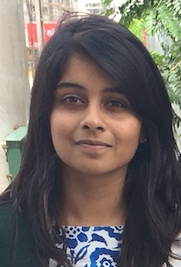
Michael Savage (Postdoctoral Fellow, University of Alabama at Birmingham)
I am currently a postdoc in the labs of Prof Paul Gamlin and Dr Lawrence Sincich at the University of Alabama at Birmingham. I am a neurophysiologist focusing on two photon calcium imaging. My current project is investigating the interaction of color and orientation coding in the primary visual cortex of non-human primates. As well as seeing how these functional circuits relate to brain tissue organisation and structure. At UAB I designed and set up a two photon calcium imaging visual stimulation system to investigate these questions in the non-human primate and mice.
I previously completed my PhD in Newcastle University, UK with Professor Alex Thiele. This research focused on the neuroanatomical and functional basis of different forms of orienting and attentional behaviors in both mice and non-human primates with neuronal tracing and electrophysiology.
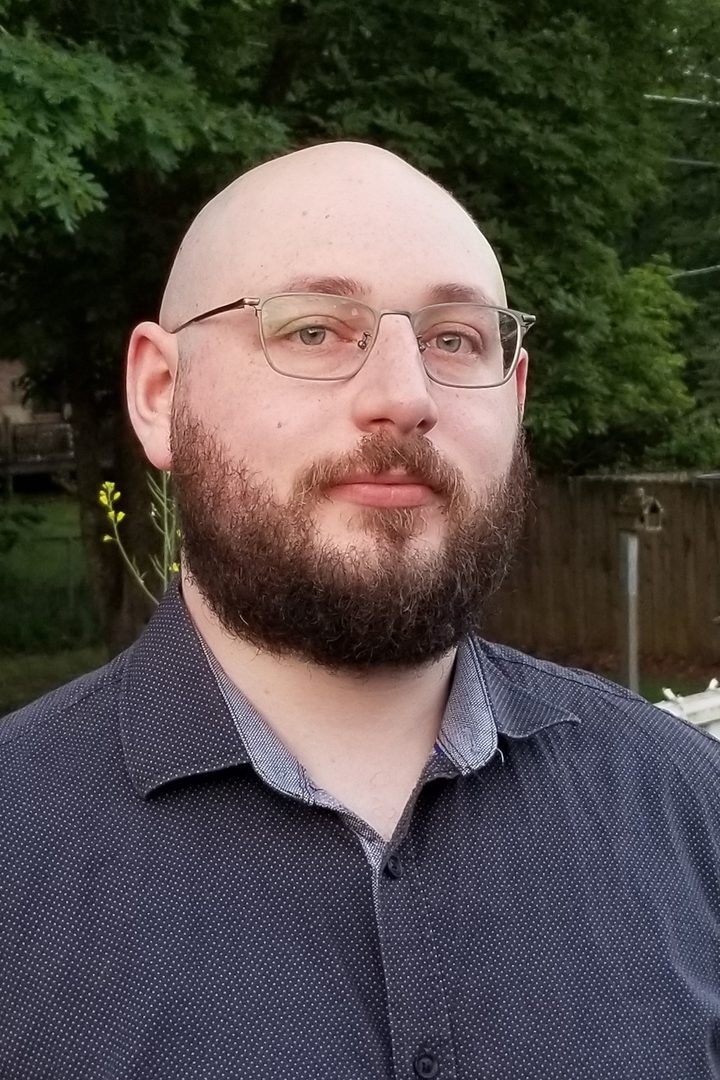
Carmen Schaefer (Erasmus Medical Center Rotterdam)
My research interest focuses on understanding neuronal microcircuits and synaptic integration that mediates movement generation on the systems level. During my Master’s training at the University of Heidelberg (Germany) with Prof. Thomas Kuner I focused on studying the release from single cortico-thalamic synapses. Afterwards, I started my PhD and moved to the group of Prof. Freek Hoebeek and Dr. Zhenyu Gao at the Erasmus MC Neuroscience department (headed by Prof. Chris De Zeeuw) in Rotterdam.Here I further developed my understanding of how synaptic physiology is determined by functional anatomy. By studying cellular physiology with patch-clamp techniques in various brain areas important for cerebello-cerebral interactions, such as thalamus, cerebellar nuclei, cerebellar cortex and cerebral cortex, I’ve gained expert knowledge about cellular aspects that determine information processing important for the cerebello-cerebral contribution to movement execution and coordination.To selectively control cellular activity and apply cell-specific stimulation techiques I combined whole-cell recordings with single- and dual-color optogenetic stimulation, pharmacology and confocal microscopy. These techniques for instance allowed me to independently and synergistically activate cerebellar and cortical pathways and to study their integration in the thalamus. Nevertheless, due to the lack of appropriate stimulation techniques in-vitro and the reverberating network effects, which you find in the in-vivo situation, we still experience experimental limitations in the dissection and understanding of neuronal systems and their impact on behavior. I am interested in finding a more theoretical approach to the information processing and neuronal dynamics by the use of computational simulations, in which we can overcome experimental limitations.
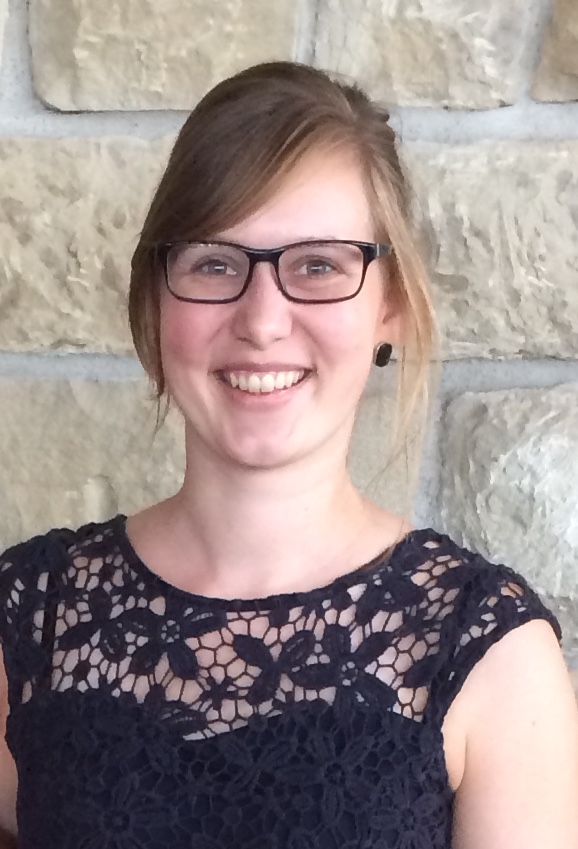
Apoorv Sharma (PhD student, National Brain Research Centre, India)
I am a Systems Neuroscience PhD student at National Brain Research Centre, India. The focus of my graduate work is to understand the neural mechanisms of spatial learning and memory in Subicular Complex using multi-tetrode electrophysiology in awake behaving rodents. At OCNC, I am interested in learning various computational approaches to be able to model my neurophysiological data using both LFP and spikes. I look forward meeting you all at OCNC and learn exciting new things about computational neuroscience.

Sharon Su (Life Science Research Professional, Stanford University)
Hi, my name is Sharon Su and I am currently a research technician at Stanford University. I am currently using in vivo 2-photon imaging to test new voltage and calcium indicators, as well as understand more about motion processing in the Drosophila visual system. Looking forward to meeting you all in Okinawa!

Heidi Teppola-Gürel (Doctoral student,Tampere University)
I am a final year doctoral student in the Computational Neuroscience Group at Tampere University. My background is in Neuroscience and Molecular biology. During my PhD studies both in Finland and at University of Freiburg in Germany I have closely collaborated with both neuroscientist and computational neuroscientists. My dissertation work addresses the contribution of excitation-inhibition balance to cortical network burst dynamics in vitro networks of post-natal rats. My long-term interest is to understand how the phenomena at the level of molecules, ion channels and cell types are linked to the higher level network and cognitive phenomena in both health and disease. At the OCNC, I would like to extend and deepen my computational neuroscience skills by implementing computationally realistic data-driven network models, simulating the network activity and validating the models against experimental data.
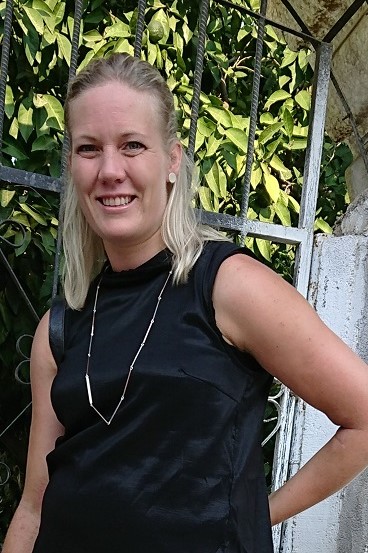
Eugenia Vilarchao (Postdoctoral Researcher, Institut Pasteur, France)
My name is Eugenia, I'm an experimental neurobiologist from Argentina. Eight years ago I moved to Paris where I did my PhD and I'm currently doing a postdoc. I've been always interested in sensory perception, particularly in the perceptual mechanisms used by our brains to collectively encode multiple dimensions of a stimulus and form a unified and coherent representation. I'm also curious to know how in some mental pathologies these reality-construction processes are impaired. During my PhD I worked on the mouse somatosensory system performing electrophysiological and voltage-sensitive dye imaging recordings in vivo. For my postdoc I'm working on the olfactory system performing calcium-imaging recordings in freely moving mice (fiber-photometry).
I choose to do this course as I find that the tools available nowadays in Computational Neuroscience will definitely be of fundamental use in my present and future research. I would like to improve my theoretical knowledge and to feel more comfortable in analyzing my imaging results. Also, I feel eager to learn how to do computational models with my data in order to test hypothesis in silico.
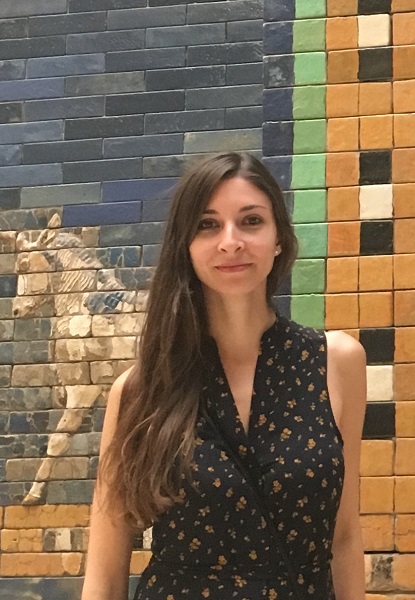
Rene Wilbers (PhD Candidate, Centre for Neurogenomics and Cognitive Research, VU University Amserdam)
I'm a PhD candidate at the Centre for Neurogenomics and Cognitive Research in Amsterdam. I use the method of human and rodent experimental neurophysiology to gain understanding in fundamental properties of cortical microcircuits. The main aim of my work is to elucidate how the neurophysiology, morphology and connectivity of different cell types in the human cortex compare to other species. I believe that this method, when used together with computational models, is a powerful tool to comprehend the characteristics that have given rise to the human brain's unique capabilities.
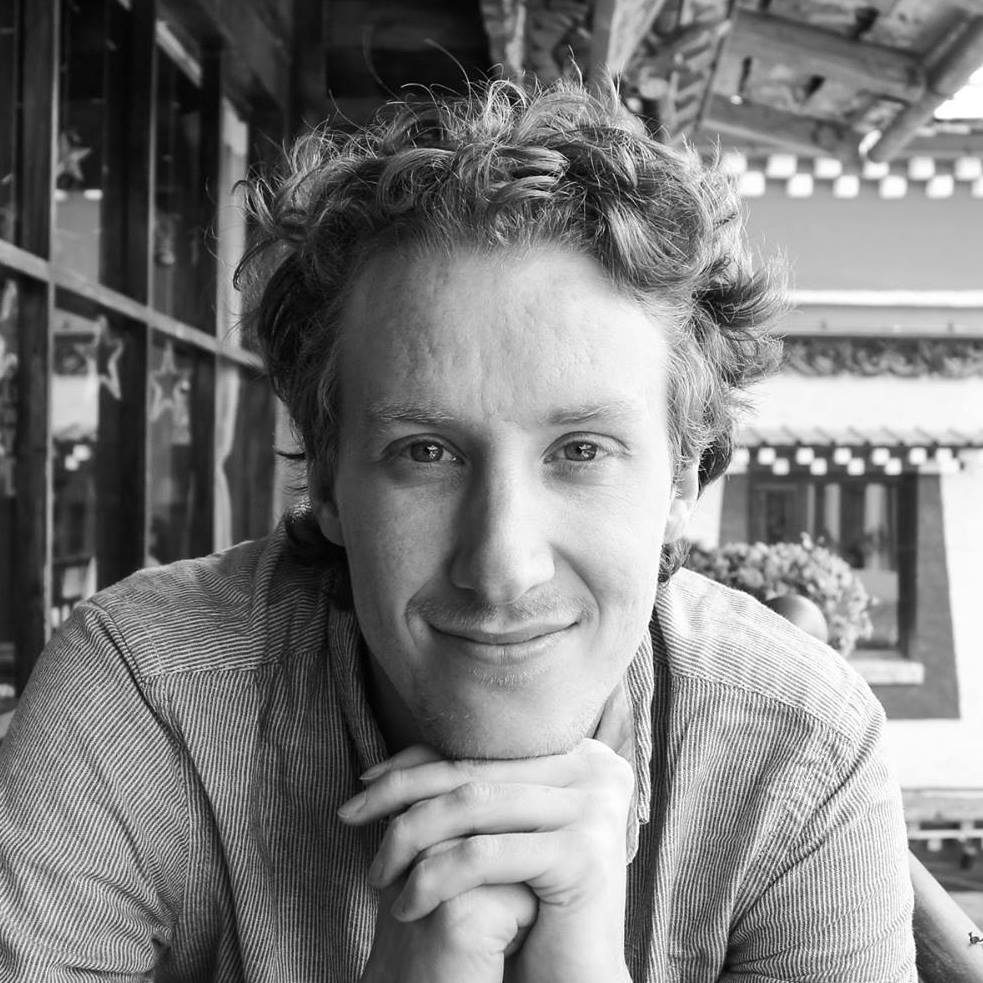
Wataru Yamamoto (Postdoc, Columbia University, Biological Sciences)
Postdoc in Yuste Lab at Columbia University in New York. Studying neural basis of behavior using Hydra Vulgaris. In the lab, I spend the majority of my time doing Ca++ imaging and computational analysis. Prior to New York, I lived in midwest for 14 years.
I am very excited to be able to spend time in Okinawa, and work with a team of expert faculty members, tutors and motivated students from different backgrounds.
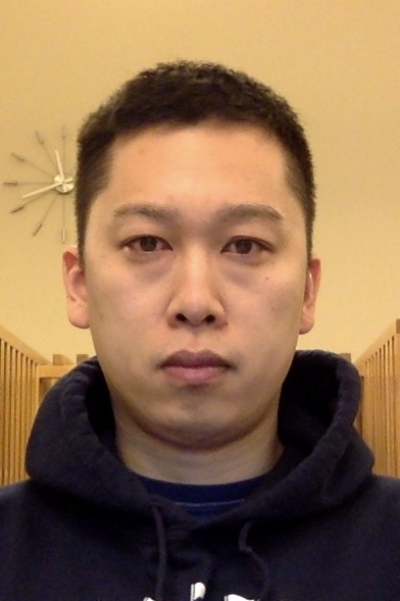
Yang Yiling (PhD student, Ernst Strüngmann Institute (ESI) for Neuroscience)
My name is Yang Yiling. I am a doctoral student at the Ernst Strüngmann Institute (ESI) in Frankfurt. I am interested in how experience and learning shape the temporal dynamics of stimulus representation in the primary sensory areas. Besides performing electrophysiological experiments, I would like to use modelling as a tool to interpret experimental results, and in particular to get intuitions about the biophysics and behavior of neural networks.
